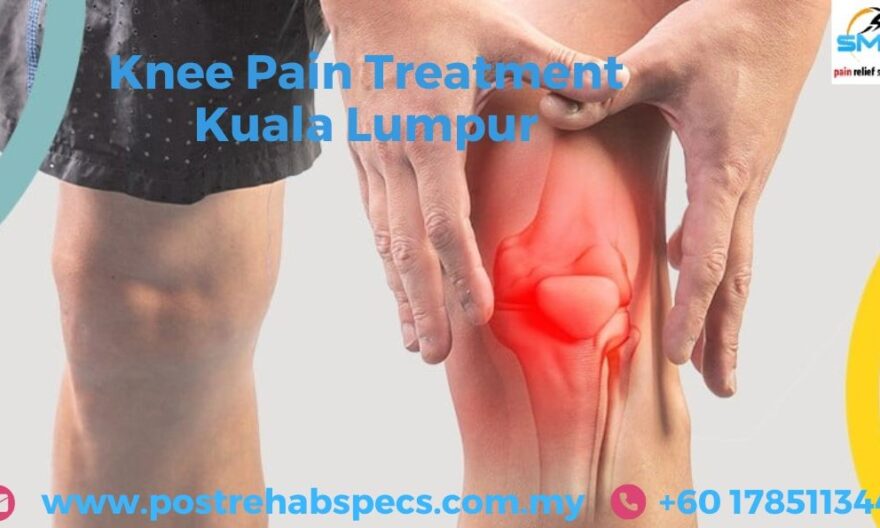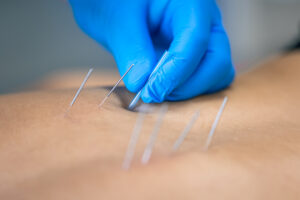
Heel spurs cause constant heel pain and make movement hard. Many think surgery is the only solution, but non-surgical treatments often reduce pain and restore movement.
This guide explores effective non-surgical methods like rest, proper shoes, stretching and therapy. Surgery is an option but is rarely needed when simple treatments are followed regularly.
What Are Heel Spurs?
A heel spur forms when calcium builds up on the bottom of the heel bone, requiring proper heel spur treatment to manage pain and discomfort.
This growth happens due to long-term strain on the foot’s muscles and ligaments. Heel spurs often appear with plantar fasciitis, which inflames the tissue connecting the heel to the toes.
Common Symptoms
- Sharp pain in the heel, especially after resting
- Swelling and tenderness around the heel
- Ongoing dull pain
- Trouble walking or standing for long periods
Non-Surgical Treatment Options
Many treatments ease heel spur pain and improve movement without surgery. Their success depends on how bad the condition is and how often they are used.
1. Rest and Activity Changes
Reducing pressure on the heel helps it heal. High-impact activities like running and jumping make symptoms worse, while low-impact exercises like swimming and cycling keep fitness levels up without adding strain.
Avoid walking barefoot on hard floors as it increases stress on the heel. Wearing cushioned slippers indoors can reduce pain. Gentle massage techniques such as knee pain massage may also help relaxation and improve blood flow.
Effectiveness: Many feel better by changing daily activities. Less strain helps to heal and prevents further damage. However, improvement takes time, and consistency is important.
2. Proper Shoes and Insoles
Supportive shoes cushion the heel and absorb shock. Custom insoles improve foot posture, spread pressure and prevent further irritation. Deep-heel cups and arch support stabilise the foot by improving weight balance.
Effectiveness: Many feel relief after switching to better shoes. Insoles improve alignment, reducing pain and swelling over time. However, the wrong shoes or poor insoles can make symptoms worse, so choosing wisely is key.
3. Stretching and Strengthening Exercises
Regular stretching loosens tight tissues and reduces heel strain. Strengthening exercises build foot muscles, improving support and flexibility. These exercises increase blood flow and help tissues heal faster. Tennis elbow massage techniques can also help relax muscles and improve circulation.
Useful Exercises:
- Calf stretches – Stand against a wall, place one foot forward, and extend the other back. Press the back heel into the ground to stretch the calf. Hold for 20–30 seconds and repeat.
- Plantar fascia stretches – Sit with one leg crossed over the other. Grip the toes and pull them back to stretch the bottom of the foot. Hold for 15 seconds and repeat several times.
- Toe curls and towel scrunches – Strengthen foot muscles by curling toes around a towel or picking up small objects with the toes.
- Heel raises – Stand with feet shoulder-width apart and lift heels off the ground, then lower them slowly.
Effectiveness: Stretching reduces pain and prevents future issues. Many notice improvement within weeks. Skipping these exercises can slow progress and lead to long-term pain.
4. Ice Therapy
Applying ice to the affected area reduces swelling and numbs pain. Rolling a frozen water bottle under the foot targets pain. Ice packs wrapped in a cloth can also be applied directly to the heel for 15 minutes.
Effectiveness: Provides quick relief but needs regular use for long-term benefits. Ice therapy works best with other treatments like stretching and proper shoes.
5. Medications
Anti-inflammatory medicines like ibuprofen reduce pain and swelling. Paracetamol may help if swelling is not present.
Effectiveness: Relieves symptoms for a short time but does not fix the root cause. Overuse of painkillers can hide symptoms, delaying treatment.
6. Corticosteroid Injections
Doctors inject corticosteroids into the heel to reduce swelling. This treatment directly targets pain and swelling.
Effectiveness: Offers short-term relief but is not a lasting solution. Too many injections may weaken tissues, causing more problems. It should only be used when other treatments fail.
7. Shockwave Therapy
Extracorporeal shockwave therapy (ESWT) sends sound waves into the affected area, helping heal and break down scar tissue.
Effectiveness: Many feel less pain after a few sessions. Results vary, and some need multiple treatments. This therapy works best when combined with stretching and proper footwear.
8. Physical Therapy
A physiotherapist plans exercises that strengthen foot muscles and improve movement. Therapy includes targeted stretches, massage and ultrasound treatment to support healing. Specialised techniques such as heel spur treatment and tennis elbow massage can also help relieve pain and restore function.
Effectiveness: Improves movement, reduces pain and prevents the problem from coming back when followed regularly. Skipping therapy sessions can slow recovery.
When Is Surgery Necessary?
Doctors recommend surgery when other treatments do not work. The procedure removes the heel spur or cuts the plantar fascia to relieve tension.
Surgery has risks, including infection and nerve injury. Recovery takes weeks, and results vary. Consider this option carefully, as complications can cause lasting pain.
Can Non-Surgical Treatments Replace Surgery?
For most, non-surgical treatments ease pain and tackle the root cause of heel spurs. They relieve symptoms and stop the condition from getting worse.
Surgery is the last option when nothing else works. Patients who stick to non-surgical methods often avoid surgery altogether.
Conclusion
Non-surgical treatments help most people manage heel spurs. Rest, supportive shoes, stretching and therapy ease pain and restore movement. Surgery is rarely needed.
Anyone struggling with ongoing heel pain should see a healthcare professional for the best tennis elbow massage treatment plan. Sticking to a structured plan increases the chance of full recovery without surgery.


